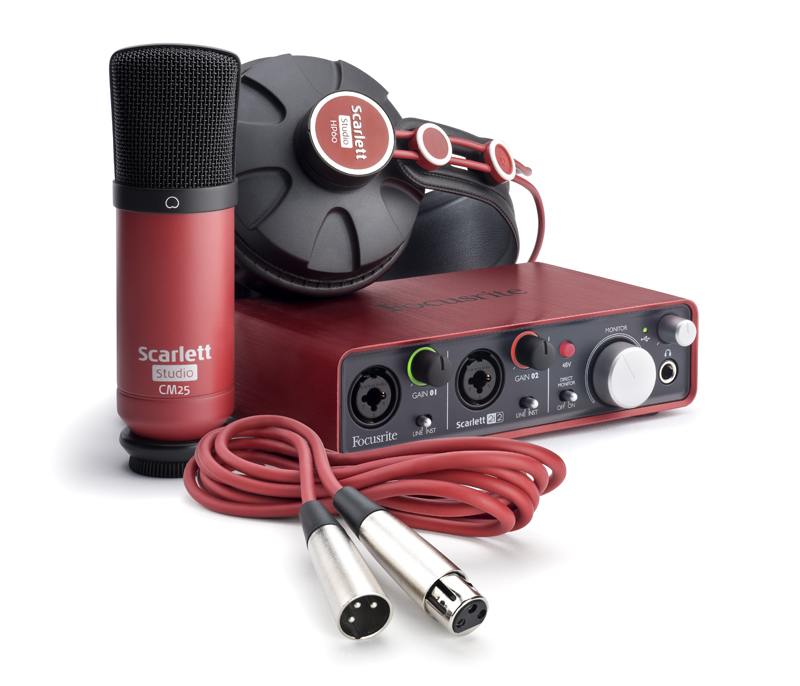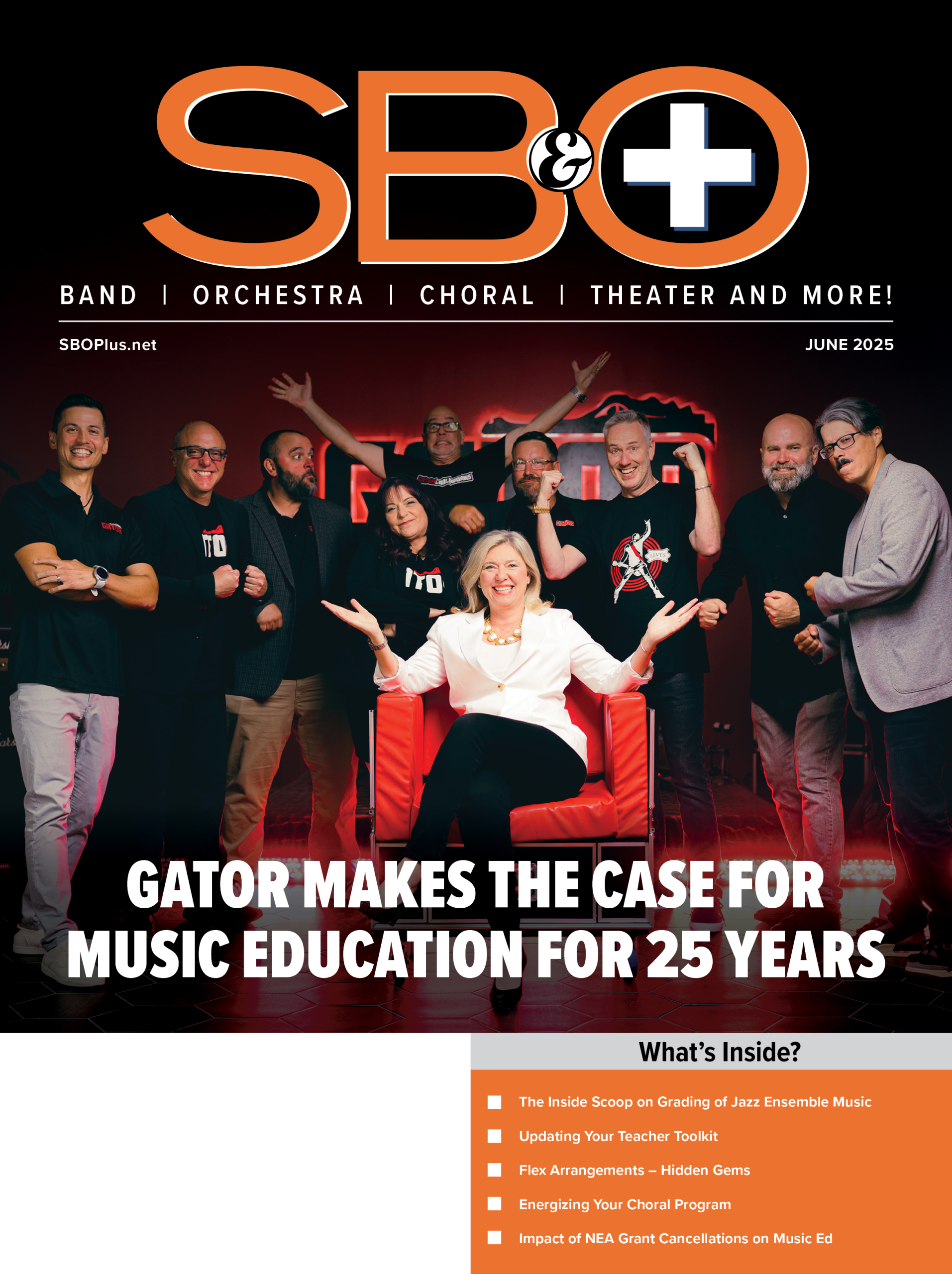 One of the audio operations that many find initially confusing is compression. While you might be aware of what it is in a general sense, you might not be aware of just how widely it’s used and why.
One of the audio operations that many find initially confusing is compression. While you might be aware of what it is in a general sense, you might not be aware of just how widely it’s used and why.
In real life, music has a wide dynamic range that sometimes varies from an almost silent whisper to a spine tingling roar. The problem is that vinyl records, CDs, radio, television, MP3s and just about any other kind of audio distribution medium have a dynamic range that just can’t accommodate these wide swings in volume. In order to fit almost any kind of audio into the limited dynamic range of those mediums, there has to be some modification of that large dynamic range into something that fits the medium, and that’s a major reason why we use a compressor.
This operation was more essential back in the days of magnetic tape and vinyl records, but more modern formats like the CD and audio files have a much wider dynamic range, so the large amount of compression that was used is no longer a necessity. The problem is that we’ve become so accustomed to the sound of compressed audio that we now prefer to hear it that way.
Compression Basics
A compressor is nothing more than an automated level control that uses the input signal to determine the output level. Some models do this so transparently that you can’t hear them working at all, while other models impart their own sound by just being inserted into the signal path. Regardless of how they sound, they all have roughly the same parameter controls and are operated the same way.
The Ratio parameter controls how much the output level of the compressor will increase compared to the level being fed to the input. For instance, if the compression ratio is set at 4:1 (four to one), that means for every 4dB of level that goes into the compressor, only 1dB will come out once the signal reaches the threshold level (the point at which the compressor begins to work). On some compressors, the ratio control is fixed, but on most compressors the Ratio parameter is variable from 1:1 (where no compression occurs) to as much as 100:1 (where it then becomes a limiter, a subject that we’ll address in a little bit).
The Threshold control determines the signal level where the compression begins. Below the threshold point, no compression occurs. For instance, many compressor meters are calibrated in dB, so a setting of -5dB means that when the level reaches -5dB on the input meter, the compression begins to kick in.
Most, but not all, compressors have Attack and Release parameter controls. These controls determine how fast or slow the compressor reacts to the beginning (the attack) and body (the release) of the signal envelope. Many compressors have an Auto mode that automatically sets the attack and release according to the volume envelope of the signal, while some have a fixed attack and release that can’t be altered.
When a compressor actually compresses the signal, the output level is decreased, so there needs to be another parameter that boosts the signal back up to where it was before it was compressed. Depending upon the compressor, this parameter control may be called either Gain, Make-Up Gain or Output. For example, if you were applying 5dB of compression, then you’d have to set the Make-Up Gain to +5 in order for the signal to be at the same level as when it’s bypassed.
The Gain Reduction Meter is an indicator of just how much compression is occurring at any given moment. On most devices this is shown via a VU or peak meter that reads backwards. In other words, it’s set at zero and usually travels to the left into the minus range to show compression. As an example, a meter that reads -4dB indicates that there is 4dB of compression occurring at that time, and therefore there is 4dB less level at the output if no make-up gain is applied (see the included graphic as an example).
Let’s Limit
While a compressor increases the low level and decreases the loud ones to even out the dynamic range, a limiter keeps the level from ever going much louder once it hits the threshold point when the limiter turns on. It’s very much like a truck with a speed governor on it that keeps the vehicle at 60 mph regardless of how much more you press down on the gas pedal. With a limiter, once you hit the predetermined signal level, it never gets much louder no matter how much more input level it receives. Limiting is typically used in sound reinforcement and on powered studio monitors to prevent speaker damage.
Compression is an audio person’s best friend. When used correctly it can make the apparent level louder, make the sound more intelligible, and give your music a professional sheen.
Producer/engineer Bobby Owsinski is one of the bestselling authors in the music industry with 24 books that are now staples in audio recording, music, and music business programs in schools around the world, Visit Bobby’s website at bobbyowsinski.com.























